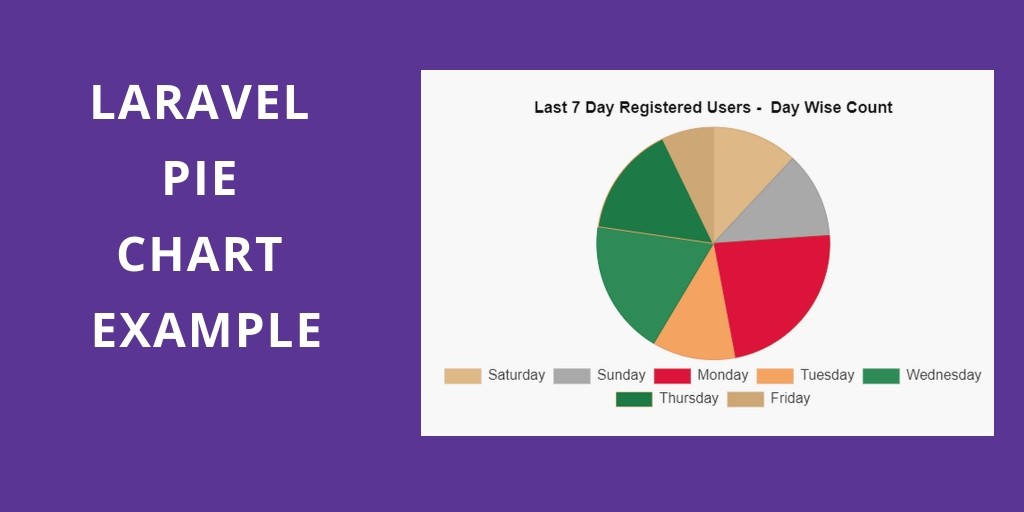WordPress is a one of the most easy-to-use, powerful, and customization CMS and blogging platform. According to the official WordPress stats, there are over 74 million websites out there powered by the most popular CMS. One of the most popular WordPress installations are the CNN, New York Times, Mashable, TechCruch and eBay websites. Despite sounding so advanced and complicated, starting development with WordPress has never been easier. However, things can get harder by the time. But as long as you are following the right learning curve, you can be a professional WordPress developer in no time.
Opportunities as a WordPress Developer
WordPress offers a lot of opportunities which can be broken down into:
Theme Developer: Theme developers build themes available to be purchased to the public or for private clients. Themes handle the presentation of the website powered by WordPress itself and usually are enhanced with a lot of both front-end and back-end functions. This article incorporates a short exhibit on the basics of theme creation. This is definitely the beginning stage for any WordPress developer.
Plugin Developer: Plugin developers code plugins that offer standalone usefulness either available to be purchased to the public or for particular customer needs.
Core Contributor: This is usually for PHP/WordPress ninjas with experience in the mentioned two types of work as a WordPress Developer. Core contributors are a gathering of developers that effectively add to the WordPress core code itself.
What is a Plugin ?
WordPress Plugins permit simple alteration, customization, and upgrade of a WordPress blog. Rather than changing the core programming of WordPress, you can include functionality with WordPress Plugins.
A WordPress Plugin is a collection of code, or an arrangement of one or more functions, written in the PHP scripting language, that includes a particular arrangement of features or administrations to the WordPress website/blog, which can be consistently integrated with the website/blog using access points and methods gave by the WordPress Plugin API. We will get into the API in details later.
Theme Development and Structure
WordPress Themes are the files that create the design and functionality of a WordPress site. Every Theme might be different, offering numerous options for site owners to customize their website look.
Themes enables a site owner to control templates, template tags, and the WordPress Loop to create different website functionality and looks. Also give elective templates to particular site features, to rapidly switch between two site layouts, or to exploit a Theme or style switcher to permit site owners to change the look of their site.
We will go into in-depth with theme development in later articles.
WordPress APIs
WordPress has a wide variety of APIs that can hook into every piece of the system’s code with no need to modify the core code. WordPress incorporate the event-driven programming approach to achieve that. The following are the list of the APIs available and quick description to each one:
- Dashboard Widgets API.
- Database API.
- HTTP API.
- File Header API.
- Filesystem API.
- Metadata API.
- Options API.
- Plugin API.
- Quicktags API.
- Rewrite API.
- Settings API.
- Shortcode API.
- Theme Modification API.
- Theme Customization API.
- Transients API.
- Widgets API.
Conclusion
In this article, we didn’t go in depth with WordPress development but we have just set the base that any WordPress developer will need to be a WordPress rockstar. In the next articles we will go on with




